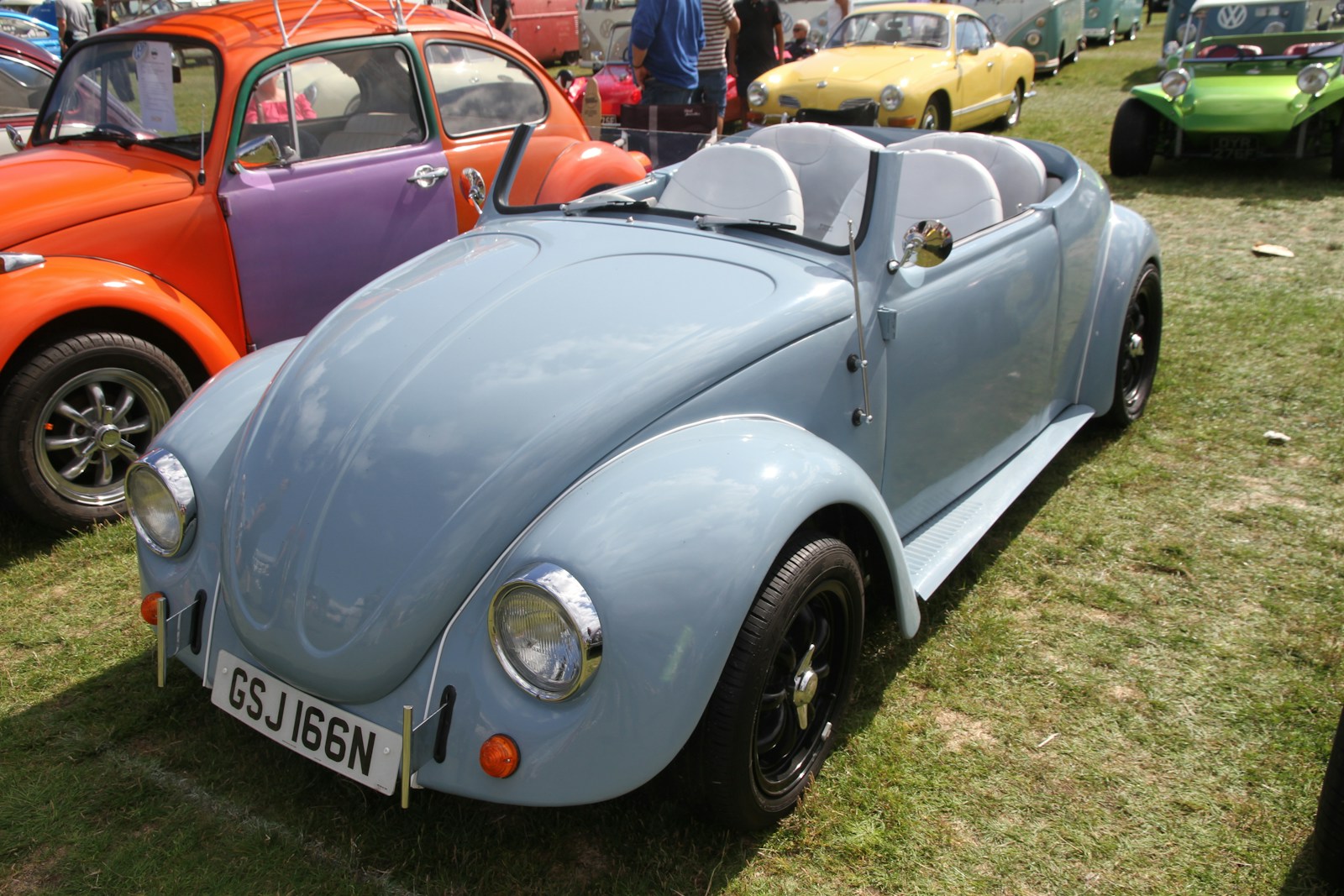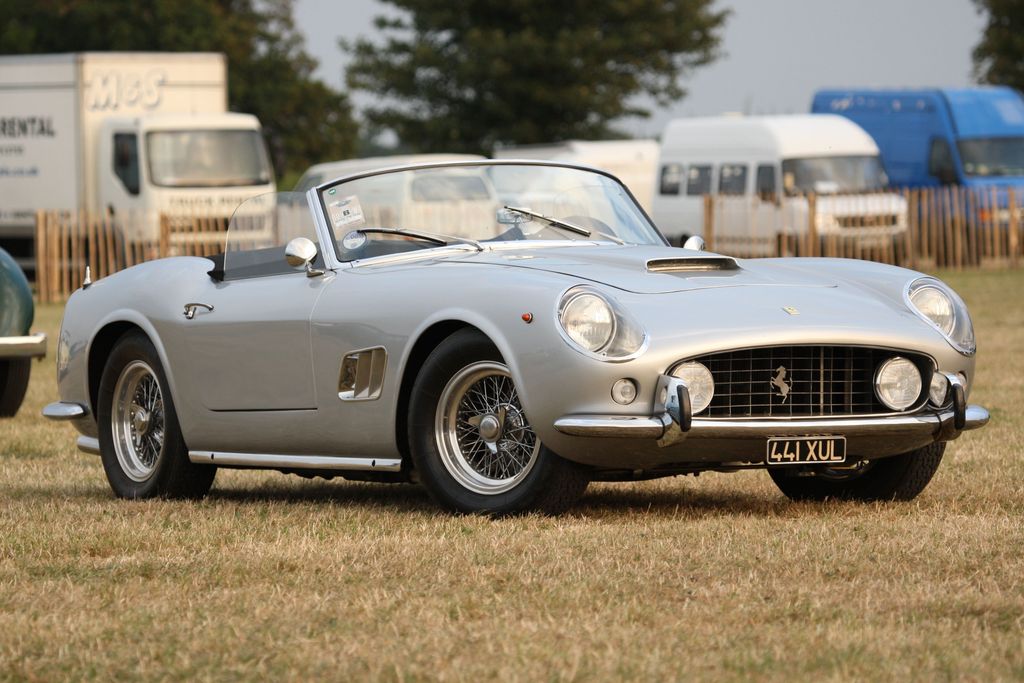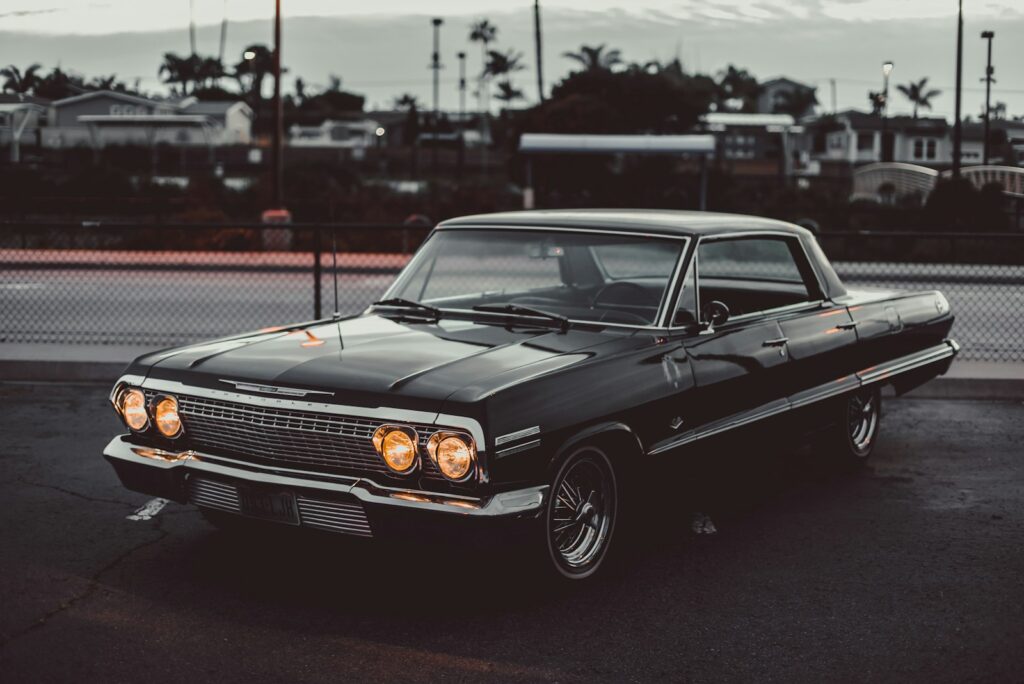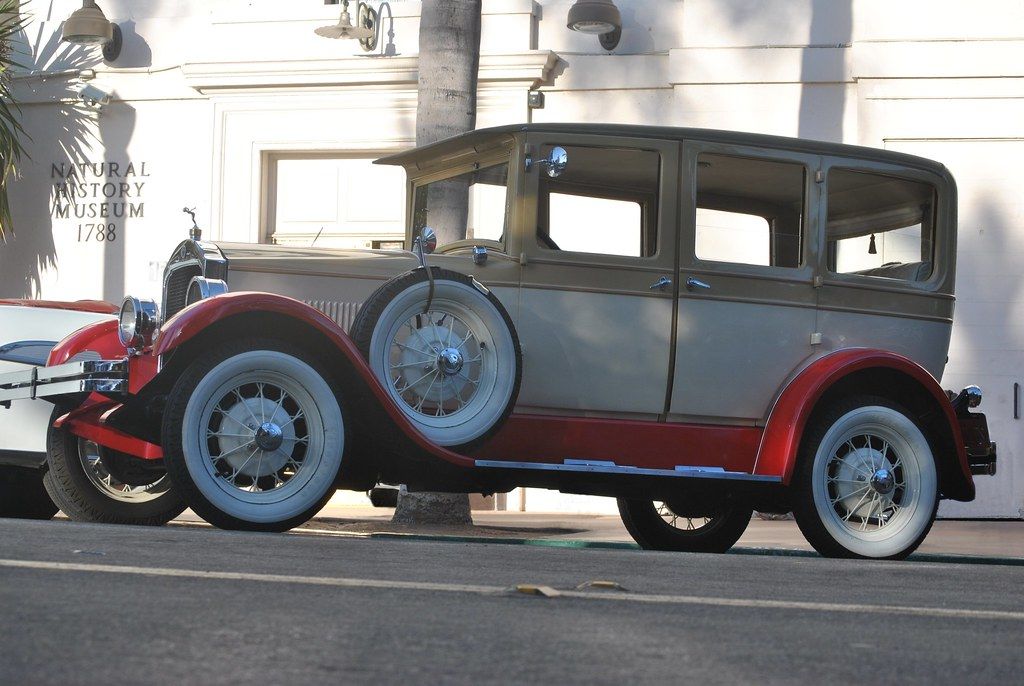A Historic Discovery in Rural France
In the world of classic automobiles, few discoveries have captured the imagination like the Baillon Collection. Hidden for decades on a farm in western France, this trove of rare cars has been hailed as the automotive equivalent of Tutankhamun’s tomb. Forgotten for nearly half a century, the collection is now reshaping the way collectors view authenticity, rarity, and value.
Artcurial specialists Matthieu Lamoure and Pierre Novikoff uncovered the treasure while surveying a deceased estate earlier this year. Expecting little more than “a collection of old cars,” they instead found makeshift shelters and barns filled with automotive legends. As Lamoure remarked, “You go into this profession for discoveries like this… this really is a treasure… a once-in-a-lifetime discovery.”

A Time Capsule of Automotive History
The collection, assembled by entrepreneur Roger Baillon in the 1950s and 1960s, includes over sixty rare vehicles. Many were exposed to the elements, leaving them rusted yet untouched, sparking debate among enthusiasts over whether to restore or preserve them. Lamoure believes “some should be left as they are, and others should be restored,” acknowledging that the patina of time can itself be a priceless form of art.
One oft-cited example is the 1925 Bugatti Type 22 Brescia that spent 75 years at the bottom of Lake Maggiore, now displayed unrestored at the Mullin Automotive Museum. The Baillon cars raise similar questions about the balance between preservation and restoration, adding another layer to their historical value.

The Ferrari 250 GT SWB California Spider
Among the crown jewels is the 1961 Ferrari 250 GT SWB California Spider with covered headlights, described by Lamoure as “the most valuable car” he encountered. With only 106 ever built, this model is revered as a Holy Grail among Ferrari collectors.
Chassis 2935 carries extraordinary provenance. Purchased new by actor Gérard Blain, it later passed to Alain Delon, who was photographed driving it with Jane Fonda during the filming of Les Félins in 1964 and with Shirley MacLaine on the Côte d’Azur. Its rediscovery has elevated expectations, with Artcurial estimating a sale between €9,500,000 and €12,000,000 (US$11.8–14.9 million).

Royal Provenance: Talbot Lago T26 Cabriolet Saoutchik
Another remarkable find is the Talbot Lago T26 Cabriolet once owned by King Farouk of Egypt. Known for his extravagant lifestyle, Farouk reportedly amassed over 100 cars. His connection adds immense historical weight, making this vehicle not just an automobile but a cultural artifact.
Coachbuilt by Jacques Saoutchik, the car reflects the flamboyant artistry of its era. As Artcurial observed, “if the value of a car is proportional to the story it can tell, the ex-Farouk Talbot Lago… should be near priceless.”

Saoutchik Masterpieces and French Elegance
The Baillon barns revealed further Saoutchik treasures, including a Talbot Lago T26 Record coupé and a T26 Grand Sport Coupe. Despite their weathered condition, both showcase the creative genius of Saoutchik, whose designs elevated cars into rolling works of art.
Historians expressed disbelief at the survival of these rare models, long thought lost. Whether preserved in their current state or fully restored, they remain extraordinary symbols of French coachbuilding.

Hispano Suiza and Maserati Highlights
The Hispano Suiza H6B Cabriolet, bodied by Millon & Guiet, further enriches the collection. Designed by Swiss engineer Marc Birkigt, the H6 was celebrated for speed and engineering excellence, making it a favorite among European elites after World War I.
Equally notable is the Maserati A6G 2000 Gran Sport Frua, one of just a handful produced. Combining a two-liter inline-six with Frua’s elegant coachwork, this model demonstrates the artistry of post-war Italian engineering. Artcurial values it between €800,000 and €1,200,000 (US$1–1.5 million).

Bugatti, Panhard-Levassor, and Facel Vega
The collection also includes a Bugatti Type 57 Ventoux, a model synonymous with pre-war innovation. Restored examples have reached over US$500,000 at auction, while unrestored barn finds have also drawn significant attention.
A Panhard-Levassor Dynamic coupé, with its central steering wheel and advanced steel monocoque construction, embodies French automotive experimentation. Nearby, a Facel Vega Excellence illustrates Baillon’s wide-ranging taste, representing French luxury and design of the mid-20th century.

Roger Baillon’s Vision
Roger Baillon, who built his fortune in transport manufacturing, envisioned creating a museum to preserve pre-war automobiles. He acquired his property in 1953 and collected more than 100 cars, even saving many from scrapyards. His dream faltered during the 1970s economic downturn, forcing him to sell half his collection. The remaining cars, left untouched, would only resurface decades later.
His unrealized vision is now recognized as one of the greatest automotive legacies of the modern era, with his “sleeping beauties” finally stepping back into the spotlight.

A Market Shaped by the Baillon Collection
The rediscovery has had profound effects on the classic car market. The Knight Frank Luxury Investment Index shows classic cars outperforming many traditional investments, with values rising 179% over the past decade. Historic Automobile Group International (HAGI) recorded a 54.2% increase in rare Ferrari values in 2013 alone.
Collectors and investors are now grappling with the philosophical question of preservation versus restoration. Artcurial notes that some cars should remain untouched as “sculptures,” while others can be restored to original condition with factory support from marque specialists like Ferrari Classiche.

The Baillon Collection demonstrates that collectible cars are more than financial assets. They embody history, artistry, and human passion. Their rediscovery reminds us that treasures often lie hidden in plain sight, waiting to be unveiled. These sleeping beauties are destined to achieve legendary status, inspiring generations of enthusiasts and reshaping the story of automotive heritage.




